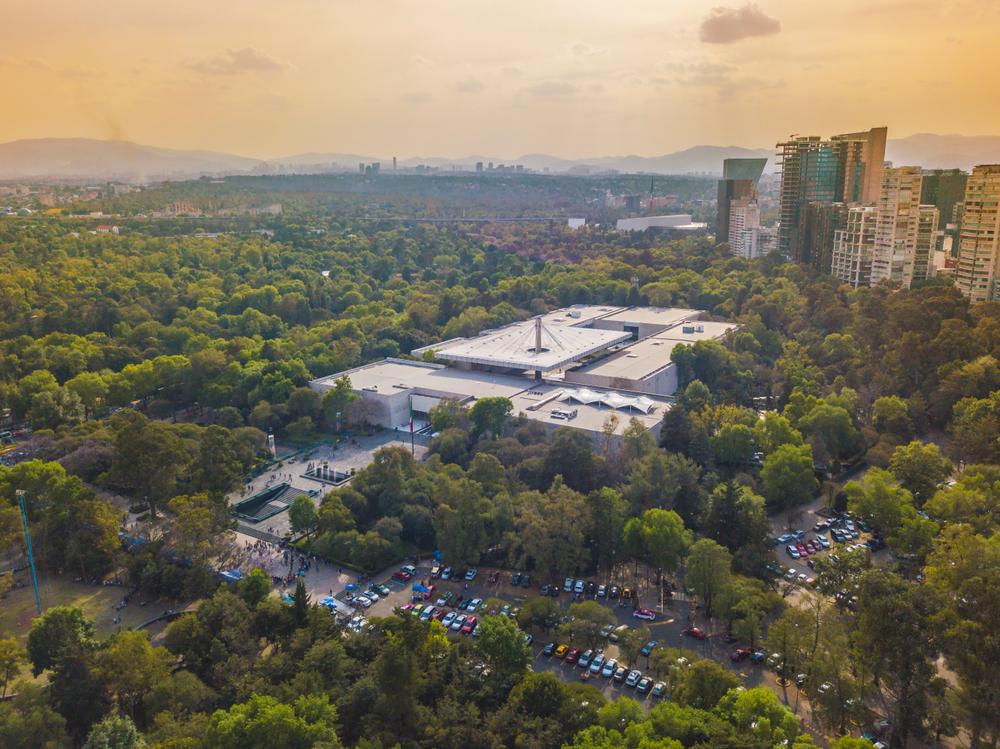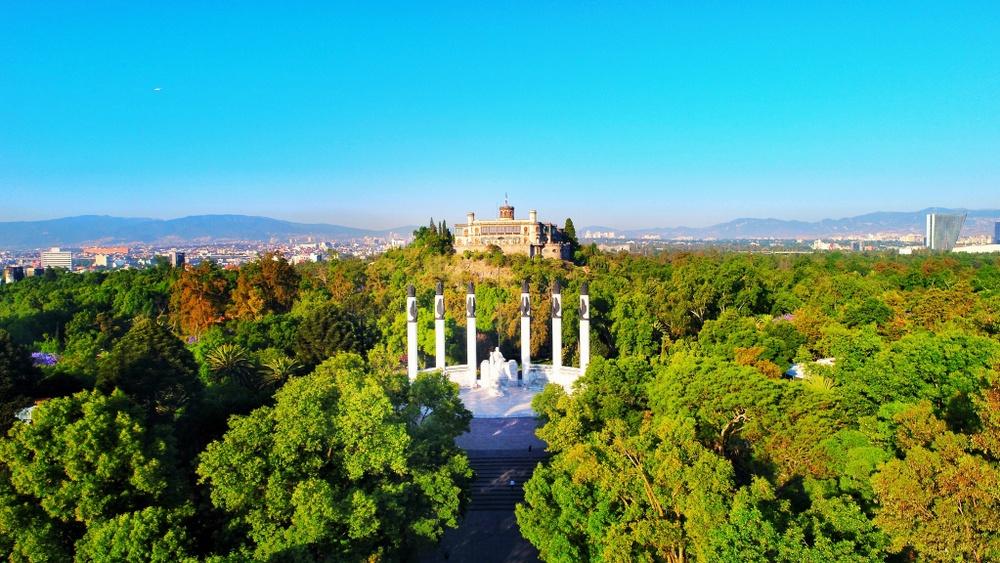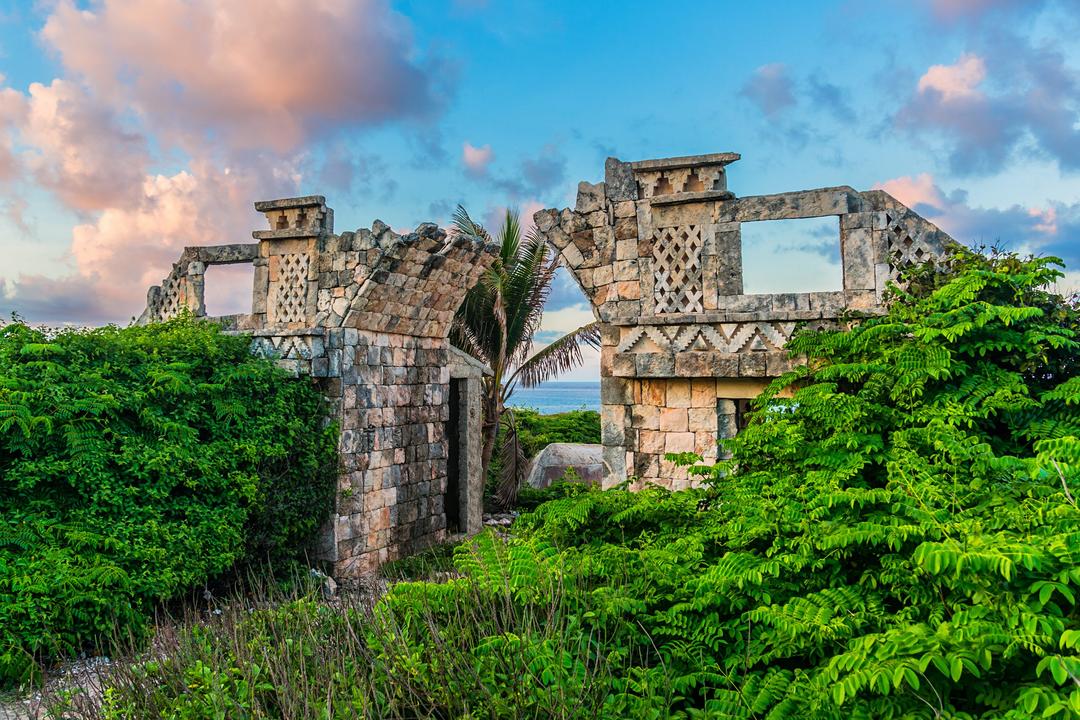What does it mean to be Mexican?
In the month of the homeland, the features of our Mexican identity are felt to the surface and the cultural, social and gastronomic icons are breathed and savored in an air of celebrations for the month of Mexican independence. So, during this month we can listen to mariachis, eat chiles en nogada, enjoy the beautiful charro costumes and live in every corner of the country, everything that for us means to be Mexican. But, outside our country, or for travelers who visit us, how is Mexicanness understood? What are the symbols that represent us? What do others imagine when they call us Mexican?
1.From Cocula is the mariachi, from Tecalitlán the sones.

The most Mexican of the musical ensembles
Jalisco’s vernacular music is undoubtedly one of the cultural standards that represent us beyond our borders. The term, of uncertain origin, apparently comes from a coca word with which, in Nueva Galicia, the indigenous people of Techaluta named a wooden stage on which they performed their dances or zapateados. Part of an instrumental and cultural mestizaje, the history of mariachigoes back centuries, the fusion of teponaztlis, huéhuetls, reed or clay flutes with guitars and violins, gave origin to This type of orchestra and the sounds with which the most Mexican of music is enjoyed. Today, mariachis can be found as far away as Japan, where the mariachi “Samurai” or Brussels in Belgium, where the well known mariachi band performs this beautiful music. “Viva Mexico” interprets the most famous hits of the Mexican Mariachi.
2. Tacos, tortas and tamales.
Mexican gastronomy is undoubtedly another cultural representative of what it means to be Mexican in the world. From the typical street food such as the famous “Vitamin T” (tacos, tlayudas, tortas, tamales, etc.) to the classics of Mexican food such as the traditional Chiles en nogada or the famous mole poblano, Mexican gastronomy is as rich and varied as our history itself. The fusion of flavors and the clash of pre-Hispanic cultures with the European influence, has left in Mexico an endless number of flavors to be discovered, which has been re-interpreted by masters of modern cuisine as the Chef Rafael Zafra, who brought these flavors to merge with avant-garde techniques at the restaurante Benazuzadel hotel Grand Oasis Sens, an infinite delight of textures, colors and flavors that seems more like something out of a dream than a kitchen. Mexican food is undoubtedly one of the most interesting in the world and also a worthy representative of what it means to be Mexican.

Benazuza, the reinvention of the mexican
3. They will fight two to three falls, with no time limit!
If there is one thing that gloriously represented Mexico in the mid to late 20th century, it was Mexican Lucha Libre. It was on September 21, 1933 when the first wrestling event was held in Mexico. In that historic event, Sonora’s Yaqui Joe, light middleweight champion, defeated California’s Bobby Sampson, a former champion of his country’s navy, while in the semifinal, Chino Achiu defeated Ireland’s Ciclone Mackey.

The Galindo Cave
This wonderful sport that combines histrionic talent with the most demanding sporting standards, quickly rose to glory, creating impressive figures such as El Santo, Blue Demond, Black Shadow, Cavernario Galindo and El Gori Guerrero, who rose to true idol status, inside and outside Mexico, making movies, radio and television, and becoming so famous that the films of the silver masked man, are considered cult films in Europe, where the versions were edited differently than in Mexico, including nudity and a somewhat different story.
The wrestling idols continued throughout the last century, but have gradually faded and made way for American wrestling, which today also occupies an important place alongside traditional Mexican wrestling.
4. And don’t say tecaila because throw another one in.
The name tequila is an internationally recognized appellation of controlled origin, which designates the agave distillate produced in very particular regions of the state of Jalisco and some surrounding areas. It is undoubtedly the most glorious beverage of our country and it is a has been represented in the world for generations, becoming an unmistakable symbol of what it means to be Mexican, of what it means to be “macho”, because to be so you have to drink tequila, straight, with its lemon and salt, as Pedro Infante did in the films of the golden age of Mexican cinema. Tequila is therefore a symbol of Mexicanness in the world and is undoubtedly the best known Mexican drink, since it can be found practically anywhere in the world and its particular flavor and effect are also known everywhere. In recent years, another beverage obtained from the heart of the otherwise strange agave plant has also gained strength in Mexico: mezcal, which, despite not having the same category as tequila, is now widely known throughout the world.

5. The return home gave me an aesthetic joy impossible to describe.
Tras la revolución de 1910, A sense of nationalism was taking hold of the Mexican imagination and the artistic expressions that reflected this feeling were not long in coming. José Vasconcelos, one of Mexico’s leading intellectuals, took office as Secretary of Public Education. in 1921, under the government of President Alvaro Obregón, who commissioned different artists to paint a series of murals on the walls of the National Secretariat and the National Preparatory School. From that moment on, the Escuela Muralista Mexicana acquired
international prestige not only for being an artistic movement, but also for being a social and political movement of resistance and identity, portraying themes such as revolution, class struggle and the indigenous man. Among its members are some of the best painters in history, such as Alfaro Siqueiros, José Clemente Orozco, Diego Rivera and Rufino Tamayo.

Today, the murals of these impressive artists are visited in different parts of the country by thousands of tourists every year, reminding us of the past of a country that continues to form and become true symbols of our history and our culture, the man of fire, the elements or ballad of the revolution, are unmissable works of Mexicanity, and of modern Mexico.
6. In the sea, life is tastier.
Undoubtedly, a symbol of Mexico abroad are the beautiful beaches that surround our country, 1,353,954 kilometers of beaches and some of the most important tourist destinations in Latin America and the world are located in our Mexico. In 2014 alone, 29.1 million tourists visited Mexico, which tells us about an impressive number of people who have enjoyed the wonderful beaches, the weather and the friendliness of our people.
Of course, among these destinations, there is one that stands out above all others, just last year alone, approximately 17 million people entered the Mexican Caribbean via the Cancun International Airport., which places us as one of the most important destinations, not only in Mexico, but in the world, our paradisiacal white sand beaches and turquoise waters, combined with the unparalleled service that tourists find in our lands.not only attracts millions of tourists, Mexicans and foreigners, but also invites them to return, creating experiences and memories that last in people, and that come back to the country. our country, part of their lives, just as every tourist who visits us becomes part of ours.

These are some of the symbols that identify us as Mexicans around the world, but if you visit Mexico regularly, or if you are Mexican living abroad, tell us what reminds you of our country? what makes you feel Mexican? It will be a pleasure for us to hear what you have to say.
Related Posts:What does it mean to be Mexican?
Continue informing yourself...

Historic Center of Puebla

National Museum of Anthropology

Castillo de Chapultepec







